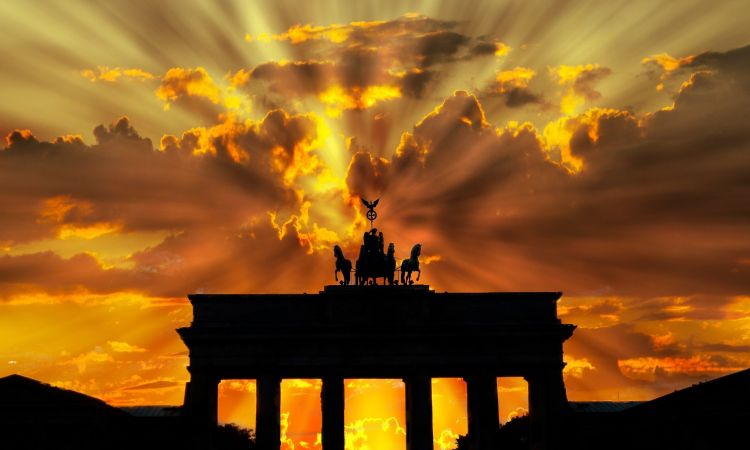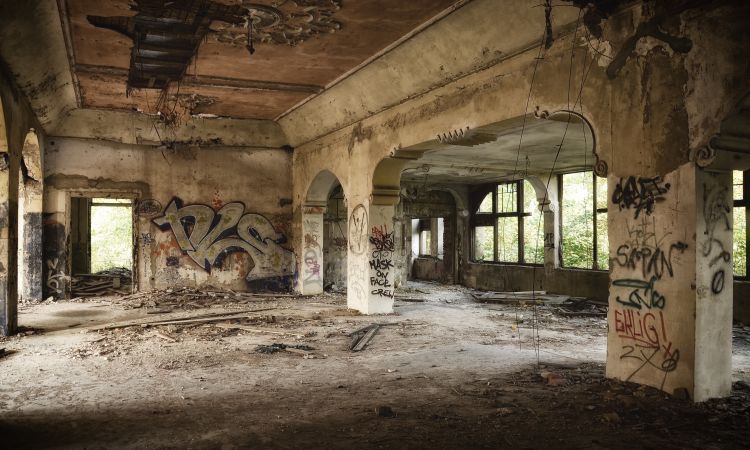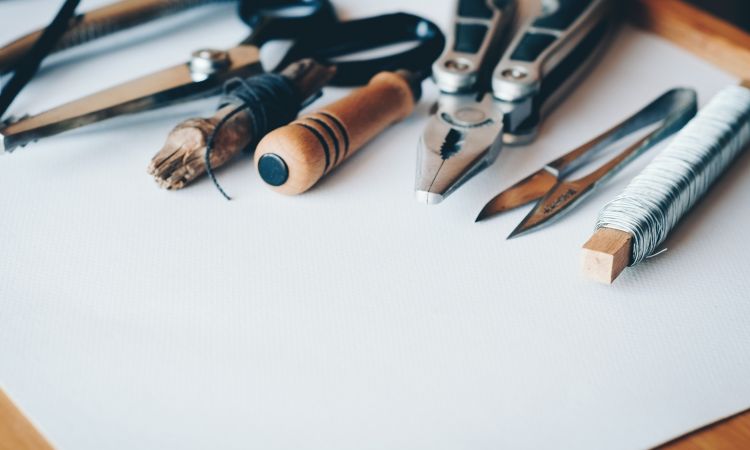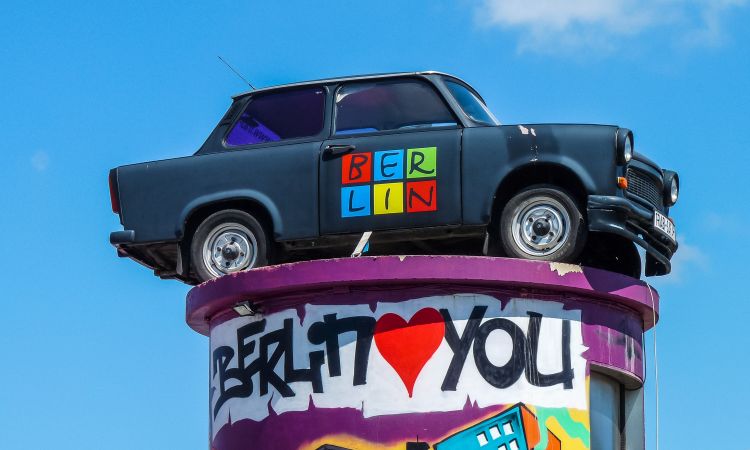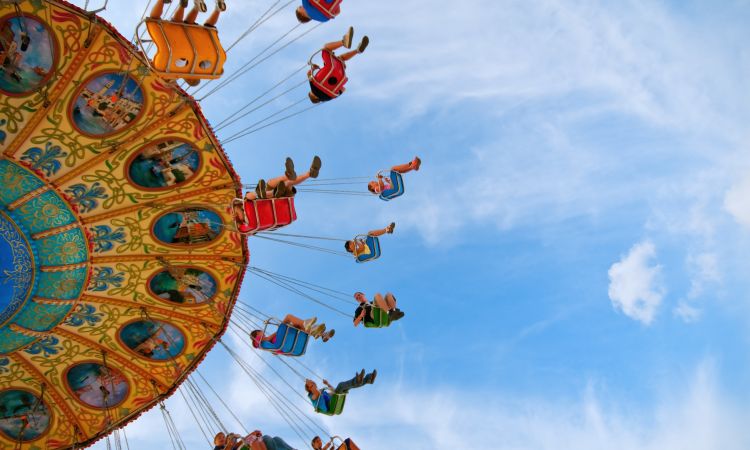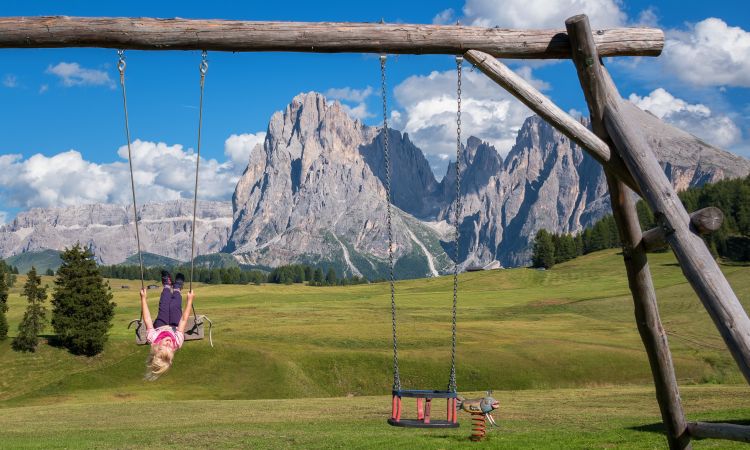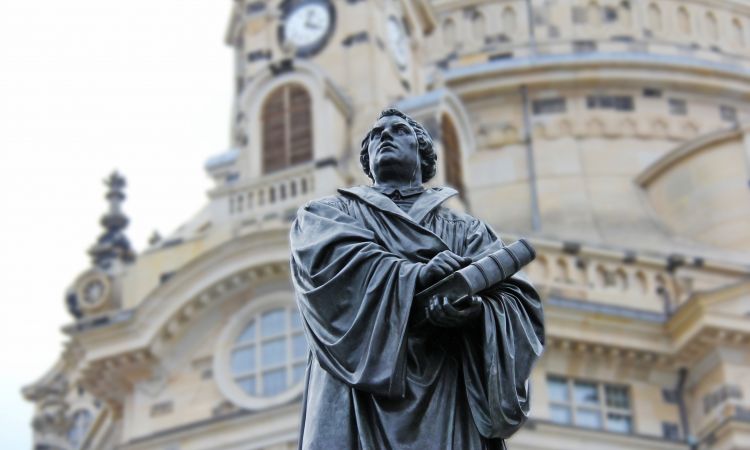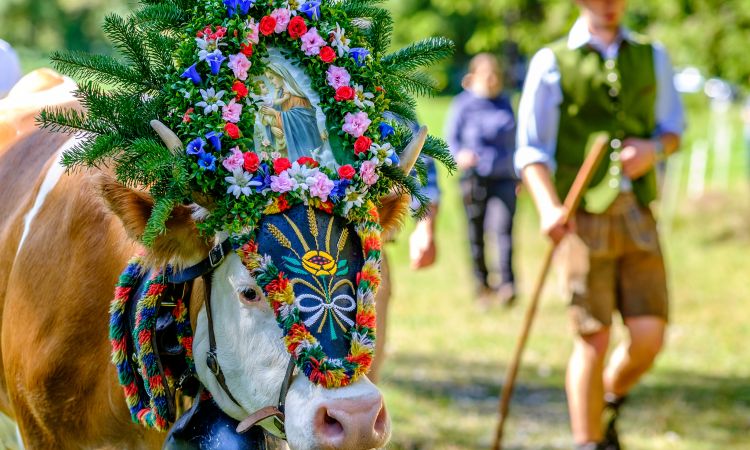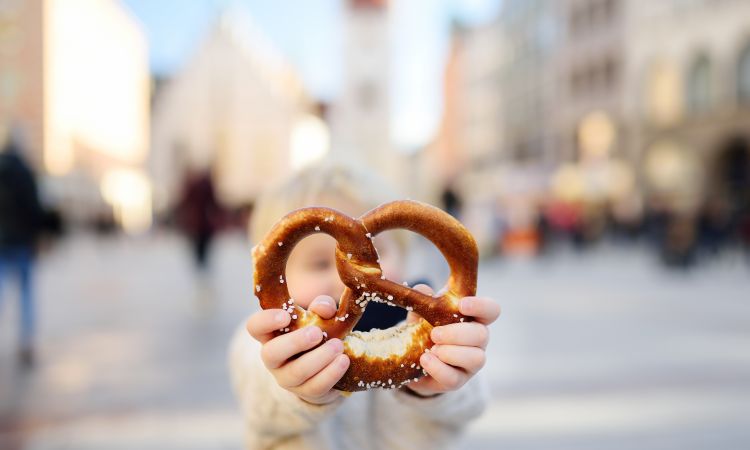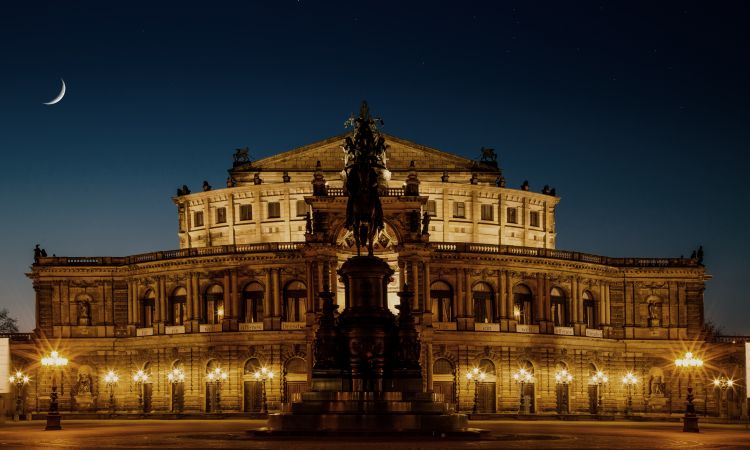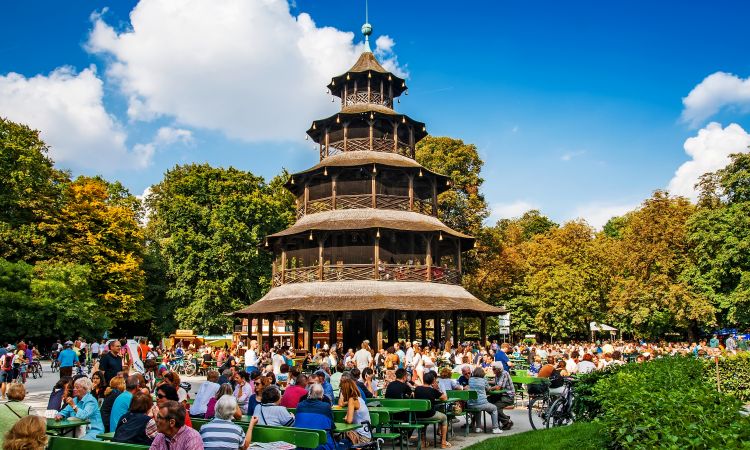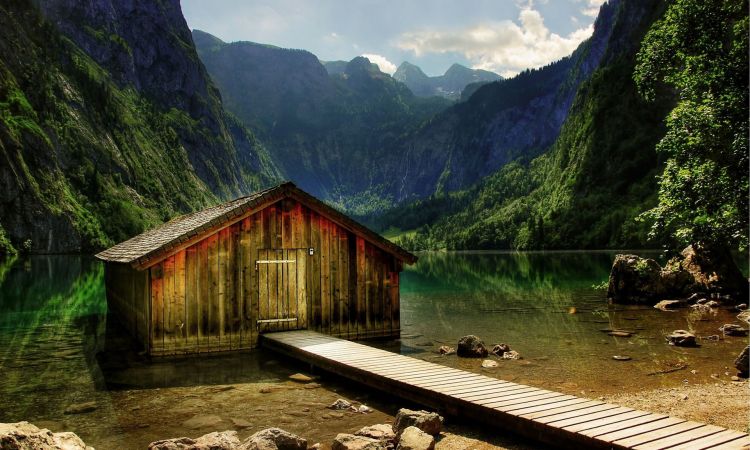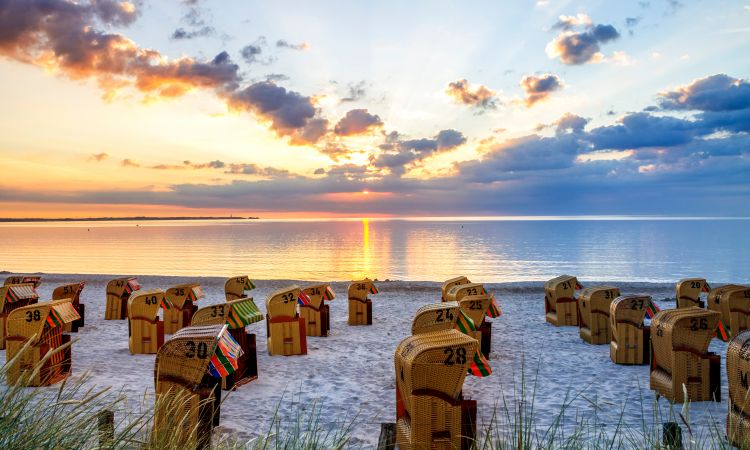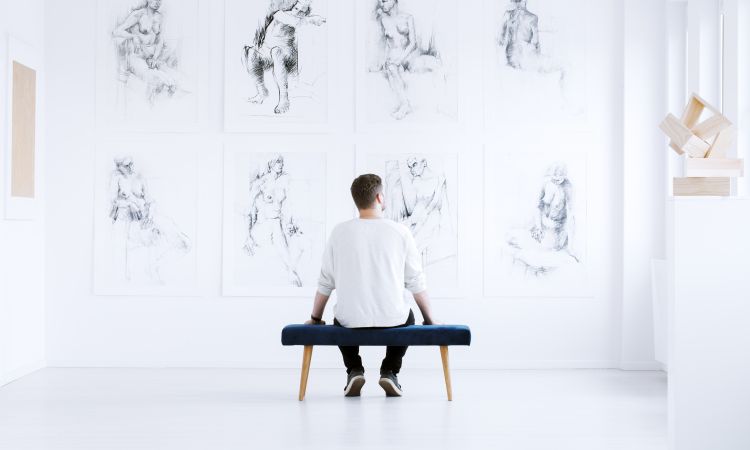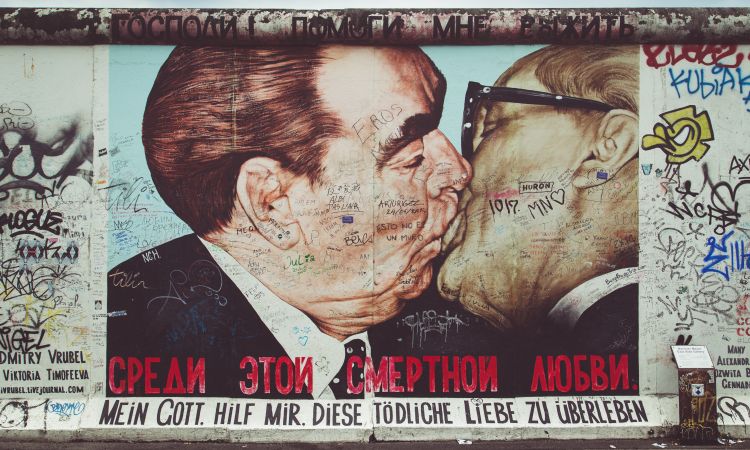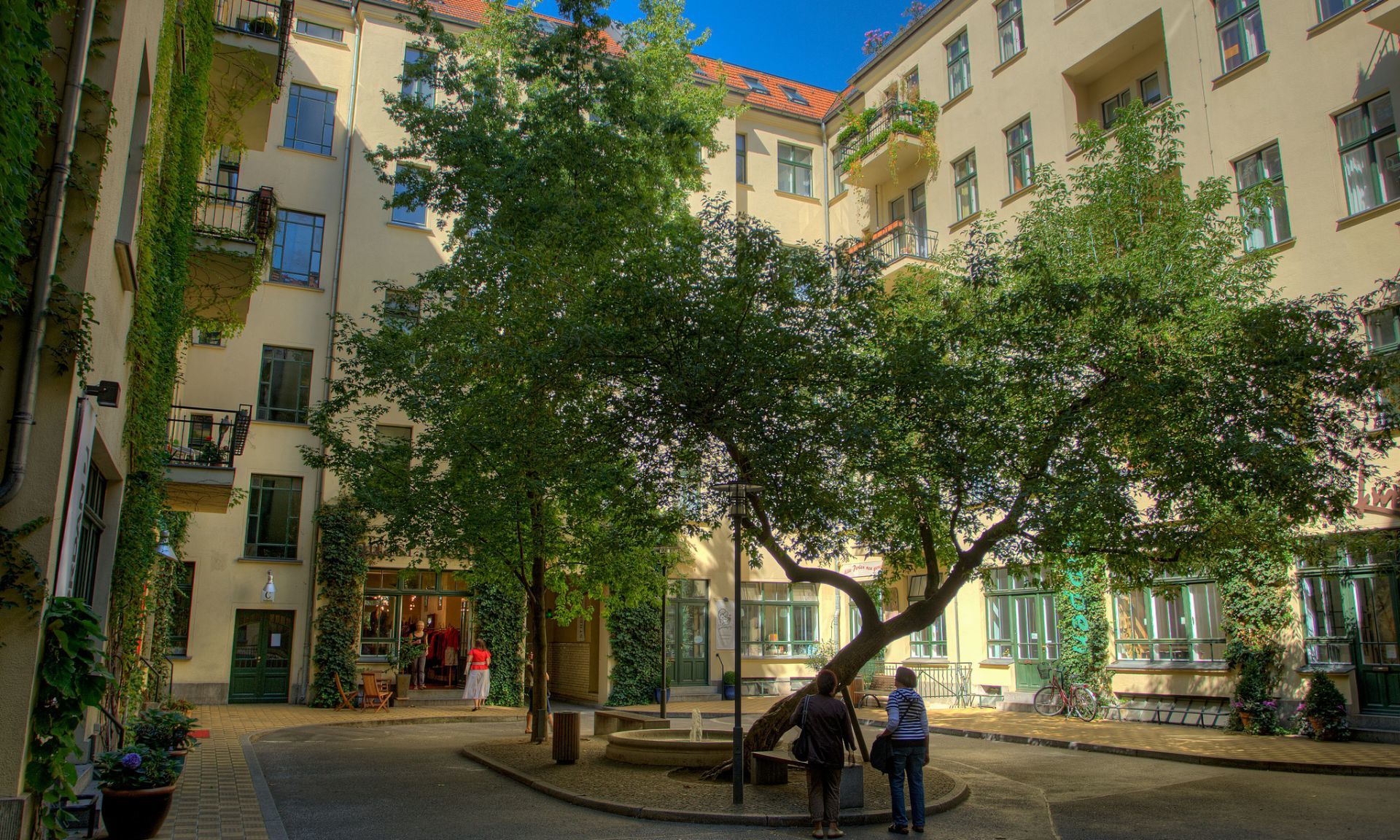
Berlins courtyards – a fine selection
Berlin
Courtyards belong to Berlin just as much as the TV tower and the Brandenburg Gate. At the end of the 18th century, the capital was one of the fastest growing metropolises in the world. Particularly in the eastern part of the city, there was a veritable construction boom. Large, interlocking courtyard complexes were created with a mix of factories, commercial establishments, stables and apartments.
In the courtyards, which were sometimes light-flooded and quite ornate but were usually rather gloomy and narrow, a miniature world developed in which the whole life of the inhabitants took place.
Still today, you will find a special flair there. Away from the wide boulevards and squares, shielded from the street noise and the curious eyes of the heavy streams of pedestrian, the courtyards have made room for quirky art, small cafes, bars and creative projects.
Chipperfield canteen
Anyone who eats here has the feeling of somehow belonging here. At noon, a small dedicated community of creative people and hipsters from the surrounding offices and shops strolls naturally through the rather inconspicuous, dull-green metal gate at Joachimstraße 11 and seeks free space at one of the long wooden tables on the first floor of the modern annex. Here, therehere is good food in a cool central Berlin atmosphere. There is no sign and no posted menu suggests that you could be served here at all. This place, a minimal cube of glass and gray concrete, is not a public restaurant, but the staff canteen of the Chipperfield Architects. Every day fresh food is cooked for the employees and - what luck! - even guests from outside are welcome to eat here at reasonable prices (for example, beetroot risotto with salad for 6 euros). The menu changes daily; the cooking is regional, seasonal and as organic as possible.
Tajik tearoom
For a fairy-tale tea hour in the Orient, stop here. In the Tadzhik tearoom, guests make themselves comfortable among the columns of hand-carved sandalwood. The room, with its dark green painted walls, is decorated with colorful cushions and oriental rugs. The guests sit cross-legged at half-height tables, enjoying selected tea specialties (Russian smoked tea, caravan tea and black tea, served with spices, jam and vodka), which are prepared authentically in the samovar. They have blinis and pelmenis. This exotic place is a piece of East German history. In 1974, the original tearoom was exhibited at the Leipzig Trade Fair in the Soviet Pavilion and then donated to the Society for German-Soviet Friendship.
Collection Hoffmann
Every Saturday, art collector Elke Hoffmann opens her private loft in the Sophie-Gips-Höfe high above the rooftops of Berlin, to small groups of visitors. In 1400 square meters, she presents pieces from her collection of contemporary art. On display, are works by Sigmar Polke, Günther Uecker, Fred Sandback, Frank Stella and Gerhard Richter. This is very special place with its very own charisma. After all, the presentation is neither part of a museum nor a public exhibition hall. Rather, she allows intimate insights into the passion for collecting of a married couple who dedicated themselves to art. In the 90s, Erika, together with her now deceased husband Rolf, built the upper floors of the former factory building into her personal art venue. With a little luck, you will meet the hostess personally in the study, in the living room or in the kitchen. From her, you will learn exciting stories about individual exhibits and her encounters with various artists.
Café Bravo
Take an art break with coffee and cake! A steel construction of two cubes forms the basic structure of Café Bravo. The side surfaces of the building are clad with one-way mirrored glass and polished stainless steel, the ceilings are made of greenish shimmering, reflective glass, so that new, surprising views and insights into the tranquil inner courtyard are opened up to the visitor, depending on his viewing direction. This work by the American Dan Graham is a walk-in piece of art affiliated with the "KW." "Artwork Berlin” is an institution for contemporary art without its own collection and - because it’s wonderfully curated - always worth a visit.
Reinstoff
Two Michelin stars and 18 points in the Gault Millau - the “pure substance” of the “Reinstoff” at the Edison courtyard in Berlin-Mitte can stand proud. Here the chef, Daniel Achilles, serves an exciting mix of haute cuisine with elaborate cooking techniques from molecular gastronomy. In the many small dishes, he has often played with unusual flavor combinations. Guests can choose five to nine courses from two menus: "very close" (with the focus on seasonal and regional, i.e.: tongue of veal with blackthorn, beetroot and black pudding) and "further away" (cosmopolitan and inspired by current trends, i.e. sepia, black garlic, oyster velouté and nasturtium root). 5 courses cost 110 euros, plus 5 glasses of 0.1 liter of wine for 68 euros. The name of the restaurant not only describes the quality of the ingredients but also the tastefully reduced ambience in the historic factory hall, where the Deutsche Edison Gesellschaft produced the first incandescent lamps in 1894.
Huettenpalast
Outside is inside now. In the Huettenpalast, in a courtyard on the Hobrechtstraße in Neukoelln, you can camp all year round. The "hotel guests" spend the night in old travel trailers, which were rolled into the weatherproof production hall of a former vacuum cleaner factory. For the outdoor flair, some birch trees have been added. In the morning, you will find a bag of fresh rolls on your trailer door and a thermos of coffee on your camping table. From the folding chairs in front of your trailer, you can enjoy the lively, quirky “Berlin feeling.”
Bonbon makery
This is how childhood tastes. Using old recipes, Berlin sweet woodruff “leaves,” lemon drops and strawberry lollipops are still made by hand in the candy shop in the Heckmann courtyards. The candy mass is melted over the fire, then spread and pulled by hand. Visitors can watch the 15 production steps - high above Berlin - in the candy show kitchen and of course try some! Mmm!
